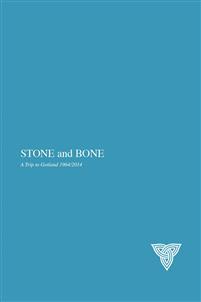
In 1964 Asger Jorn (1914-1973), along with two photographers (the Frenchman Gérard Franceschi and the Dane Ulrik Ross) and his Dutch partner Jacqueline de Jong, travels around the island of Gotland in order to capture its archaeological riches: stone figures and carvings, churches, frescos, mazes. The island comes to figure centrally in the Danish artist?s conception of a specifically Nordic tradition going back to pre-Christian times and significantly influencing European culture tout court. Reflecting Jorn?s enduring interest in popular art forms, the project was not only retrospective in character, but also connected to contemporary political and artistic concerns, such as the artist?s opposition against what would later become the European Union and his recurring need to redefine his own position vis-à-vis the international art scene. The Scandinavian Institute of Comparative...
Visa mer
Recensioner
Bli först med att recensera denna bok



